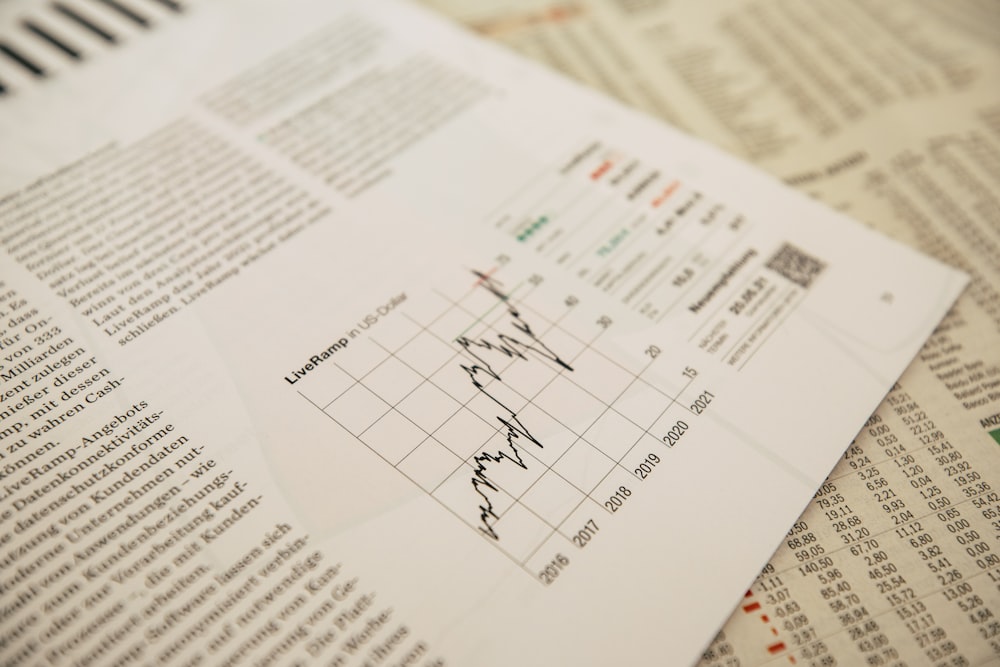Bulk Email Cadence Strategy: Timing, Frequency, and Pacing That Scales
Cadence is one of the most powerful and least discussed levers in bulk emailing. The same content sent with different timing patterns can perform wildly differently. Cadence influences inbox placement, human attention, and the logistics of your team’s workflow. This guide explains how to design a cadence system that preserves deliverability while steadily increasing output. The goal is not to send as much as possible but to send as much value as possible, consistently.
1) Start with engagement-first scheduling
Before discussing volume, prioritize your most engaged audiences and steps earlier in the send day. A simple rule of thumb: warm segments first, then core prospects, then cold or experimental cohorts. This protects sender reputation and helps you learn from the healthiest cohorts before expanding. Scheduling is where brand trust meets math; use the highest-probability touches to anchor your day’s performance.
2) Avoid spikes; batch evenly
Mailbox providers penalize unpredictable spikes, especially from young or rarely used sender identities. A smart cadence breaks large lists into evenly distributed batches across hours and days. If you move from 5,000 to 20,000 daily emails, scale in increments rather than jumping overnight. Think in terms of ramps and plateaus—ramp up, stabilize to observe outcomes, then ramp again. When bounces or complaints exceed guardrails, ramp back down automatically.
3) Respect time zones and work patterns
Send during local working hours for B2B, and align with buyer routines where possible (e.g., leadership reads early morning, ops teams late morning to midday). Beware “edge hours” that aggregate audiences across time zones into a single surge. Map time zones to windows and distribute accordingly to keep the hourly profile smooth.
4) Sequence pacing rules
Within multi-touch sequences, set minimum gaps (often 2–4 business days for cold outreach, slightly shorter for nurtures). Use events to pause: replies, OOO detection, or calendar bookings. If a soft bounce occurs, retry with backoff. If a contact engages (open, click, reply), shift them to the front of the queue for the next relevant step. Pacing should adapt to signal strength rather than follow a rigid calendar.
5) Set sender-level rate limits
Distribute traffic across multiple healthy senders, but do not hide problems by spraying volume. Rate limiting should exist at the sender and the domain levels with separate thresholds for new, warm, and fully ramped identities. When one sender approaches warning thresholds (e.g., soft bounces or complaints), throttle just that sender and route to safer cohorts, not to risky cold segments.
6) Manage weekly and monthly rhythms
Campaigns exist inside weeks, and weeks inside months. Early-week sends generally see stronger attention. Month ends can collide with finance and board workflows for B2B recipients, which might depress replies but sometimes lift sign-offs for transactional emails. Track outcomes by weekday and week-of-month and tilt toward your historical winners. For large programs, use a “base calendar” template that teams can copy and modify without inventing cadence from scratch.
7) Guardrails and backpressure
Cadence is as much about what not to send as it is about what to send. Implement guardrails: maximum daily sends per sender, per domain, and per segment; complaint and bounce thresholds; minimum health scores required for high-volume cohorts. If your system detects stress (placement softening, soft-bounce increase, abnormal complaints), apply backpressure: pause the riskiest segments, reduce hourly caps, and prioritize proven audiences while you investigate.
8) Operational reality
Great cadence also respects team bandwidth. Leave space for QA on new sequences, stake‑holder approvals, and brief analytics reviews. Build a weekly rhythm: Monday planning, Tuesday/Wednesday core sends, Thursday optimizations, Friday light touches or re-engagement tests. This keeps the system calm enough to diagnose issues and agile enough to improve continuously.
9) Measure the right outcomes
Open rates are helpful but not definitive. Measure reply rate, qualified meetings, activations, pipeline created, and revenue. Attribute performance by hour, sender, domain, audience segment, and sequence step. When you change cadence, annotate the change so you can correlate it with outcomes. Over time, design a cadence that compounds results rather than chasing short-term spikes.
Key takeaway
Cadence is the architecture of attention. Even distribution, time-zone respect, sender health limits, and adaptive pacing create a stable system that scales. When you combine this with honest copy and clean lists, bulk emailing becomes repeatable, predictable, and profitable.



